FBI Returns Monet Painting Nazis Stole During WWII to Descendants of Previous Owners
A Monet painting that was stolen by the Nazis during WWII has recently been recovered by the FBI.
However, they are currently trying to determine the rightful owners of the painting. These could either be the people who recently purchased it or the descendants of the people who owned it before it was stolen by the Nazis.
Monet’s Bord de Mer Was Stolen by the Nazis
Monet’s Bord de Mer is a small pastel drawing that was stolen by the Nazis during WWII.
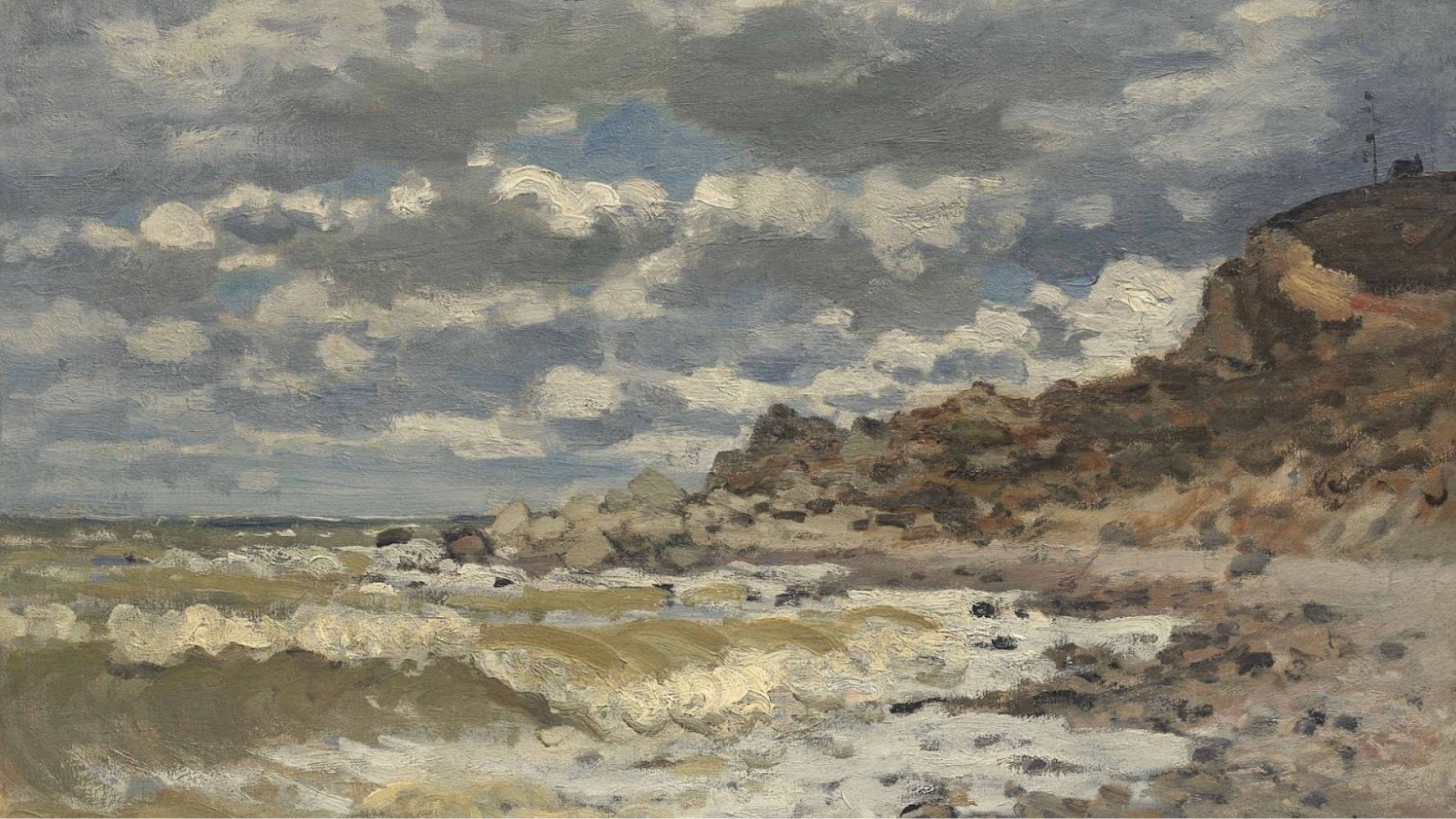
Source: @Inmediopugna/X
It was created around 1865 and depicts a scene from a beach, showing the sea, sand and rocks on the beach.
Bord de Mer Was Sold in 2019
Bord de Mer was last sold in 2019 by an antiquities dealer, M.S. Rau, to Bridget Vita and her now-deceased husband Kevin Schlamp.
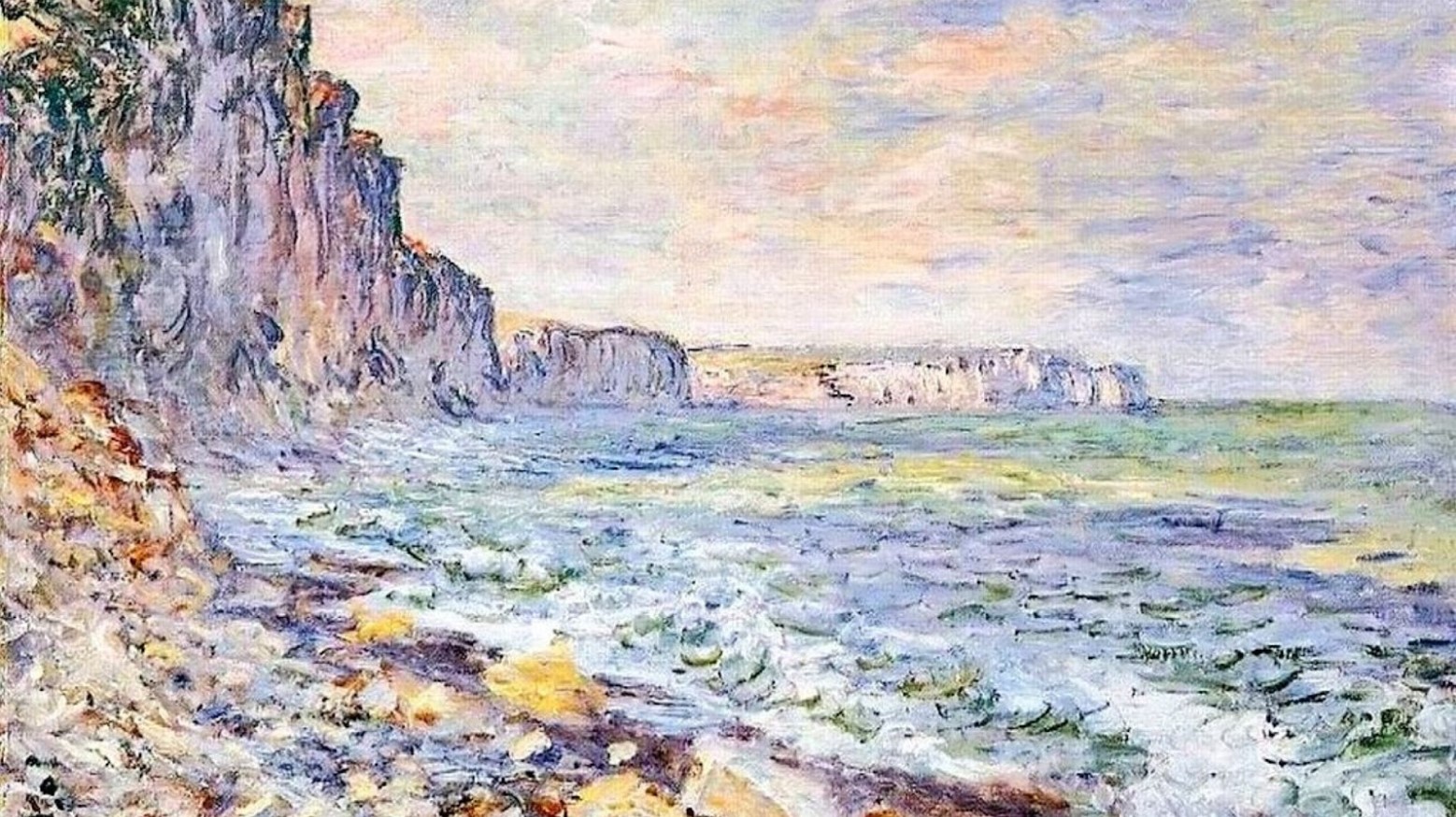
Source: @velocevolo/X
The FBI’s research led them to the painting they seized in June 2023.
Bord de Mer Belonged to Adalbert and Hilda Parlagi
Bord de Mer initially belonged to Adalbert and Hilda Parlagi, who acquired the painting in 1936.
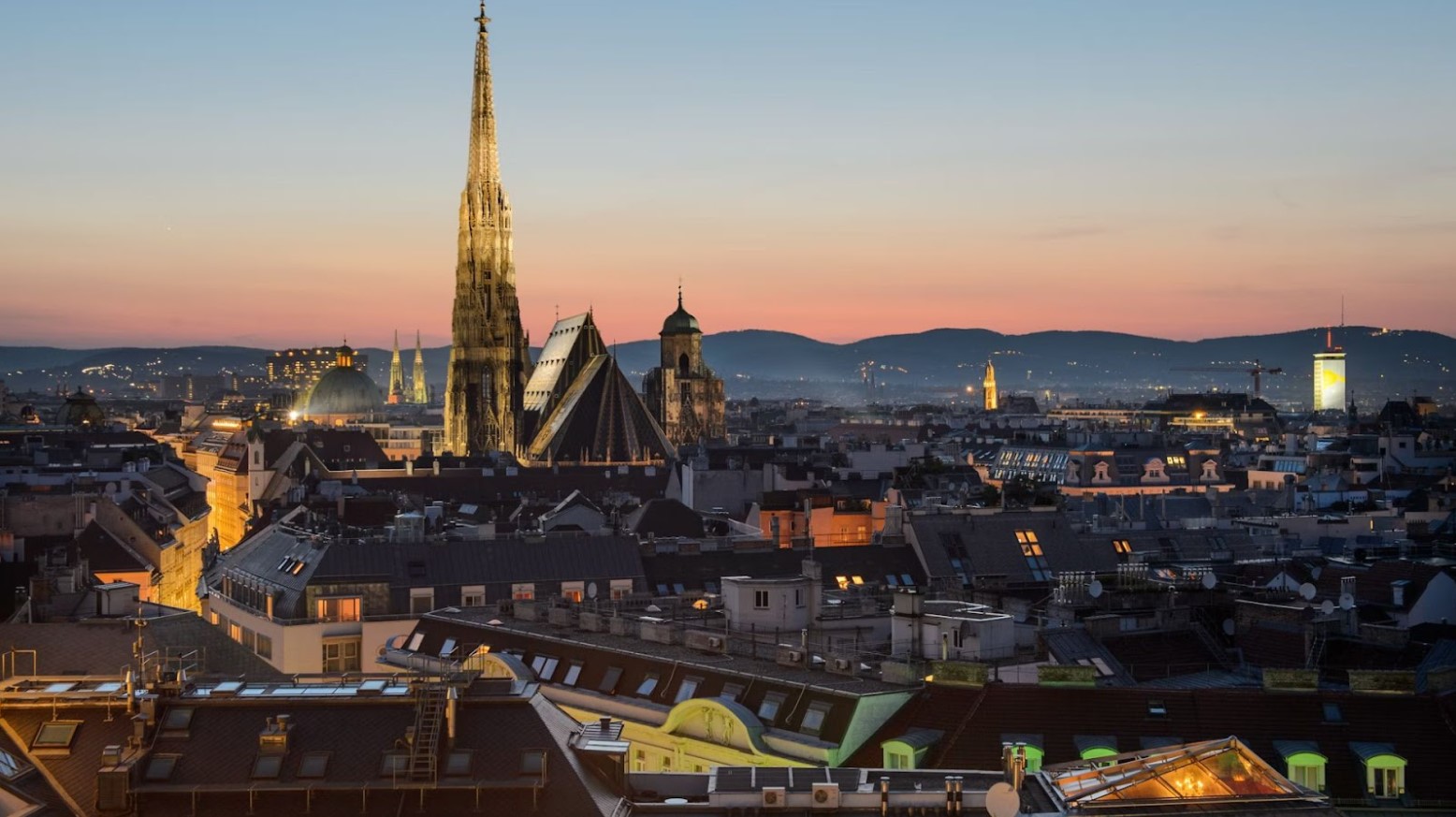
Source: Jacek Dylag/Unsplash
The couple initially lived in Vienna, Austria, until Germany annexed the country in 1938. At that point, they fled to London but kept the Monet painting in storage in Vienna.
Nazis Seized the Monet Painting in 1940
Very early on in WWII, Nazis stole the Monet painting from the Parlagi’s storage unit in Vienna.
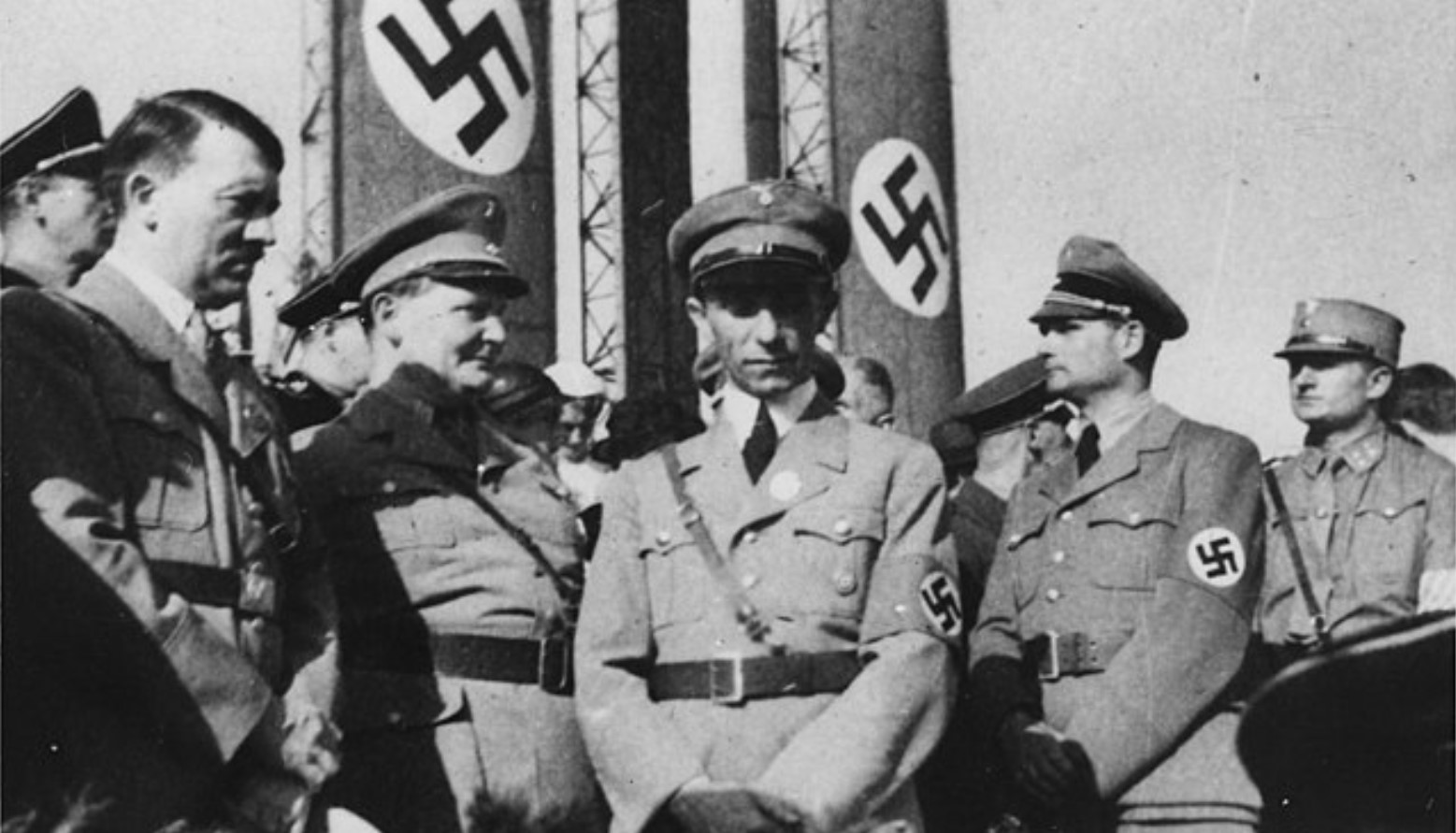
Source: Unknown Author/Wikimedia Commons
The Nazis then trafficked the painting, and it became untraceable over the years, up until the FBI was finally able to track it down.
Bord de Mer Has Been in Exhibitions
Bord de Mer has been hiding in plain sight up until now, as it has been featured in several Monet and art exhibitions.
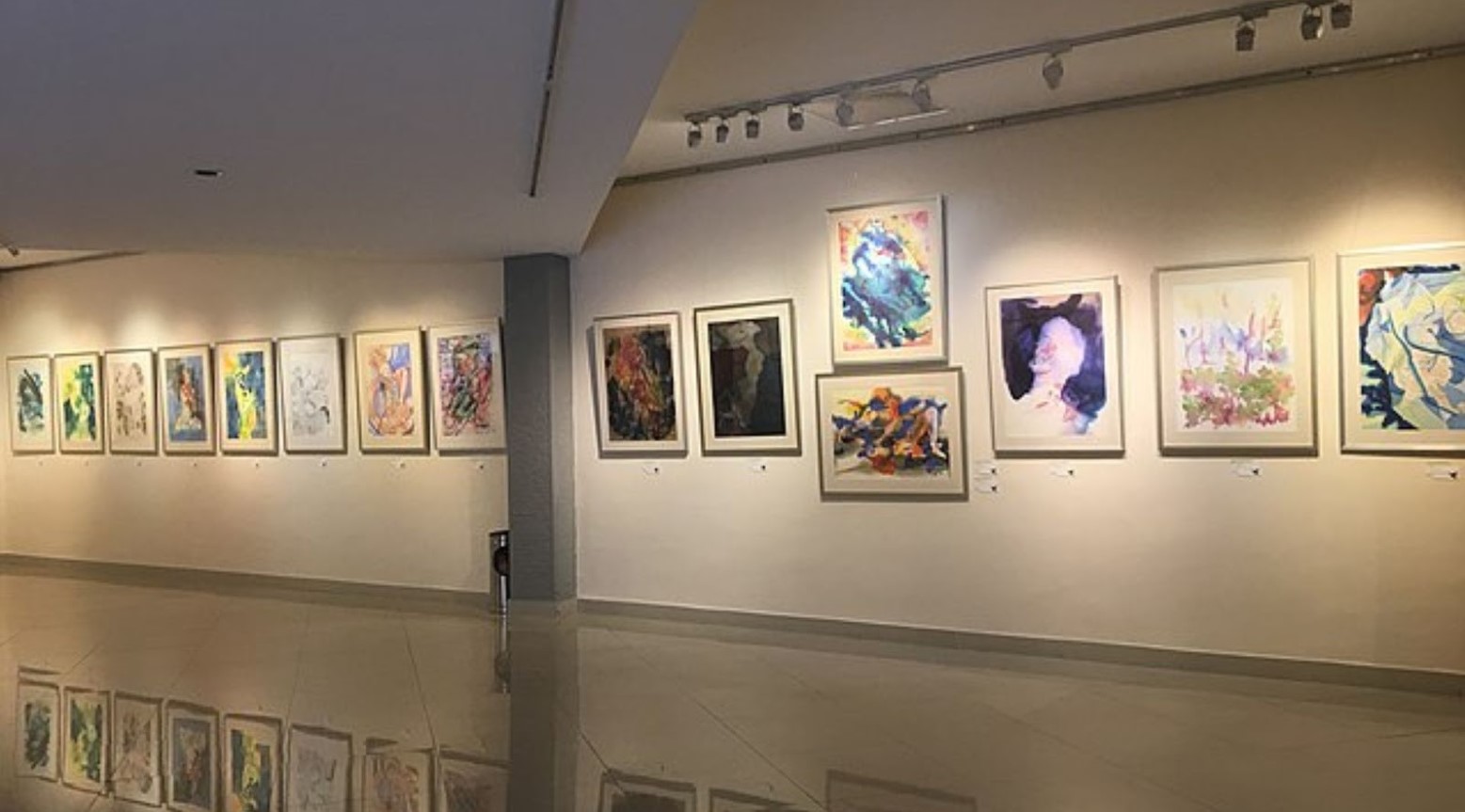
Source: YessMendez/Wikimedia Commons
It was on exhibition in Ornans, France, in 2016 and was on loan from Galerie Helene Bailly, who then sold it to Rau.
The Nazis Stole Many Art Pieces During WWII
Monet’s Bord de Mer wasn’t the only piece of art stolen by the Nazis in WWII.
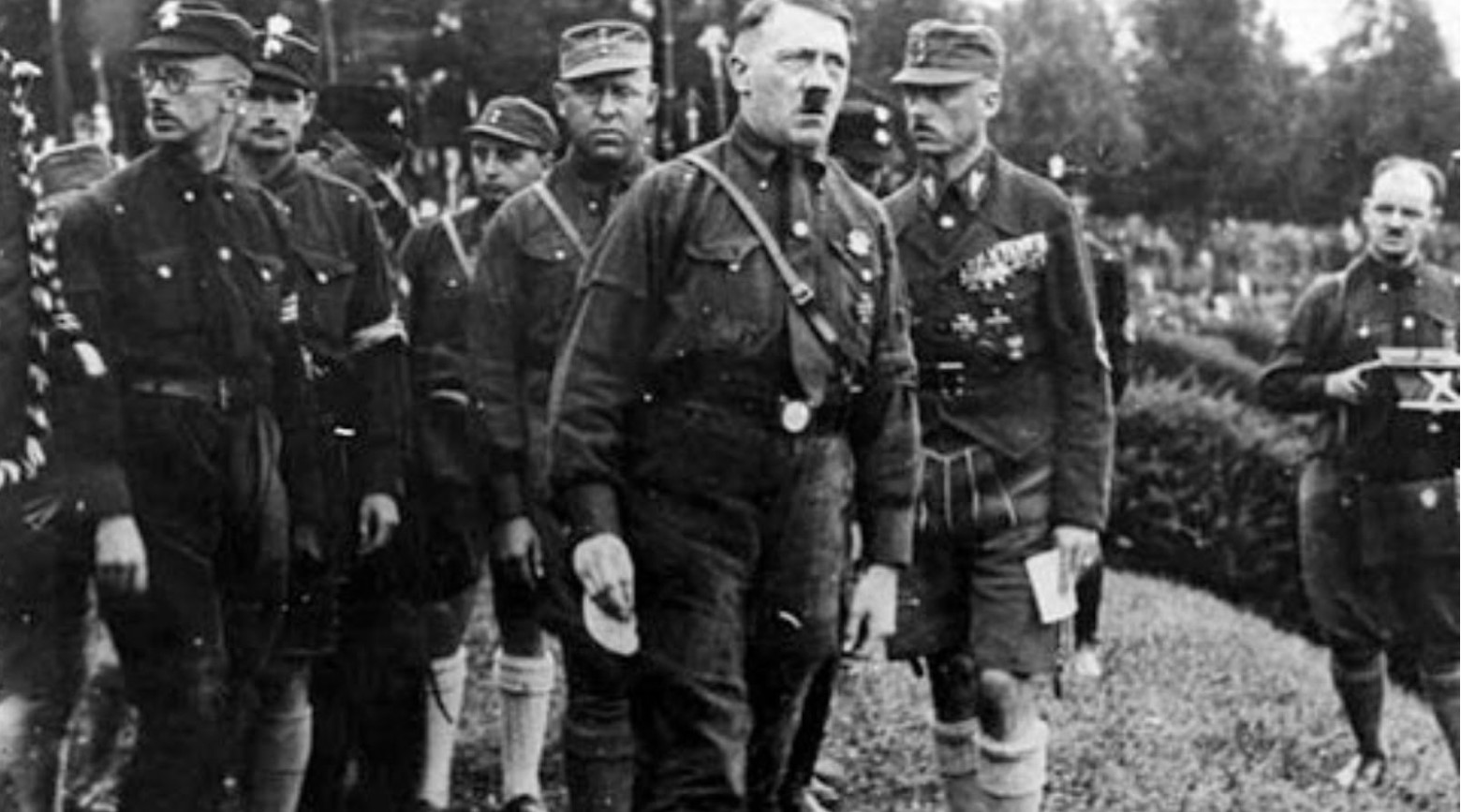
Source: Unknown Author/Wikimedia Commons
It is believed that between 1933 and 1945, the Nazis stole around 20% of all European art pieces.
Nazis Stole Monet’s Waterlillies
Another Monet art piece that was stolen by Nazis was the Waterlillies painting from 1904.
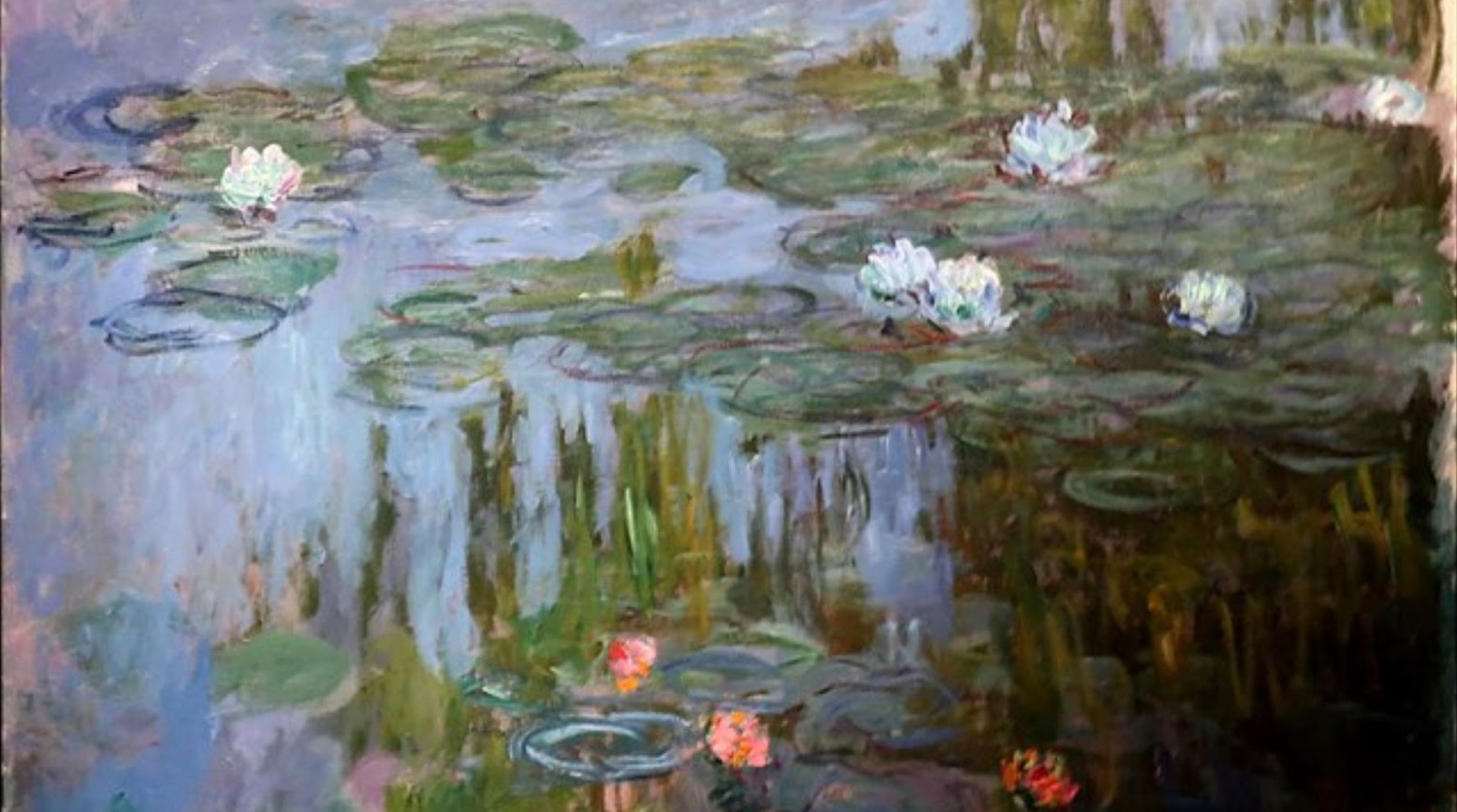
Source: M. O. Stevens/Wikimedia Commons
This was initially meant to be part of an art exhibition. However, it was withdrawn due to fears that the family who originally owned it would want it back.
A $30 Million Monet Painting Has Nazi Links
Many Monet paintings seem to have Nazi links, as one worth $30 million was in a similar dispute to his Bord de Mer painting.
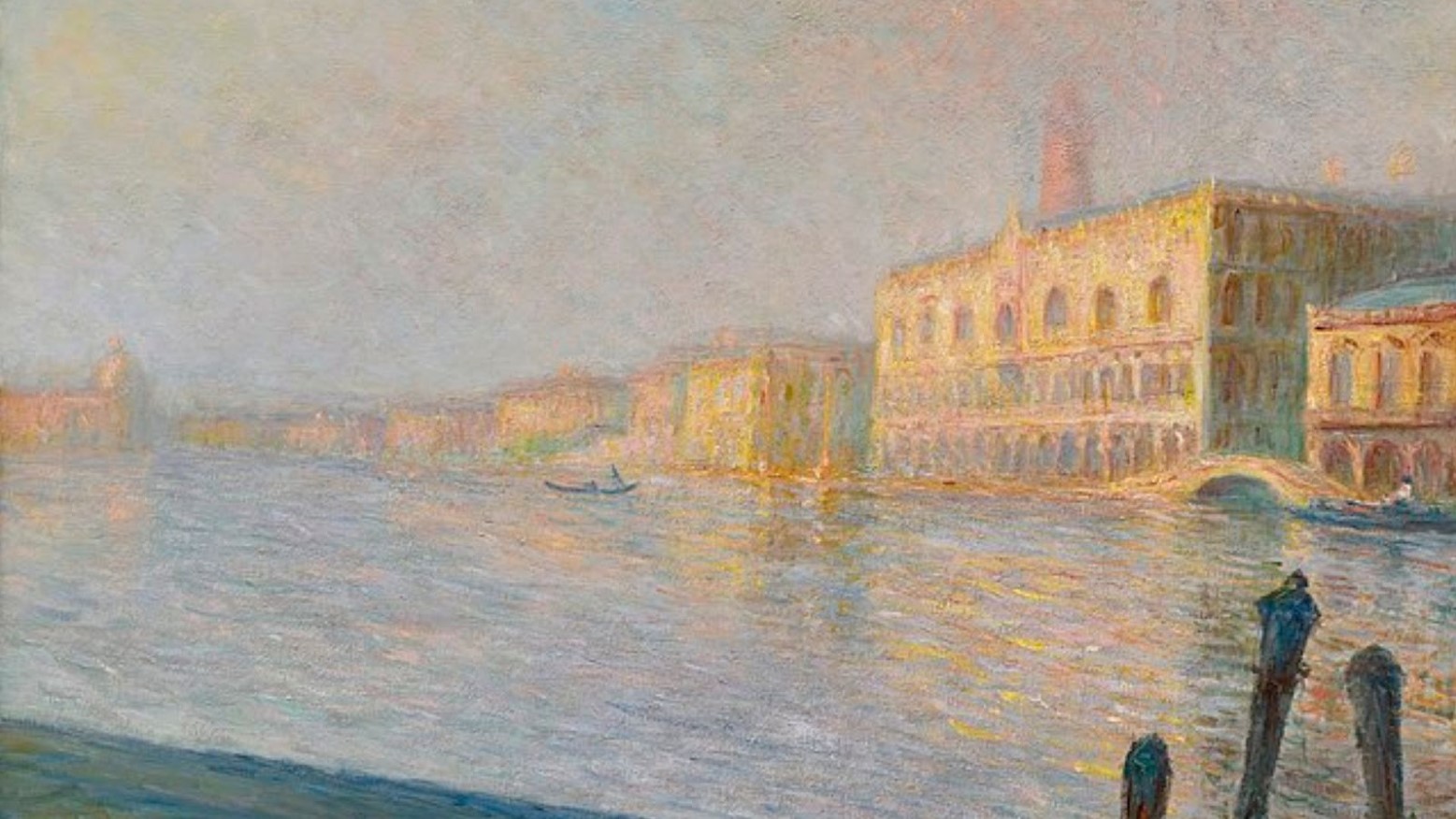
Source: Claude Monet/Wikimedia Commons
The painting in question is Le Palais Ducal, painted in 1908. It was initially on the market, but it had to be removed when questions were raised about its Nazi-era sales history.
A Lawsuit Has Been Filed for the Monet Painting
When the FBI was able to locate the Monet painting, it filed a lawsuit with the U.S. District Court, Eastern District of Louisiana.
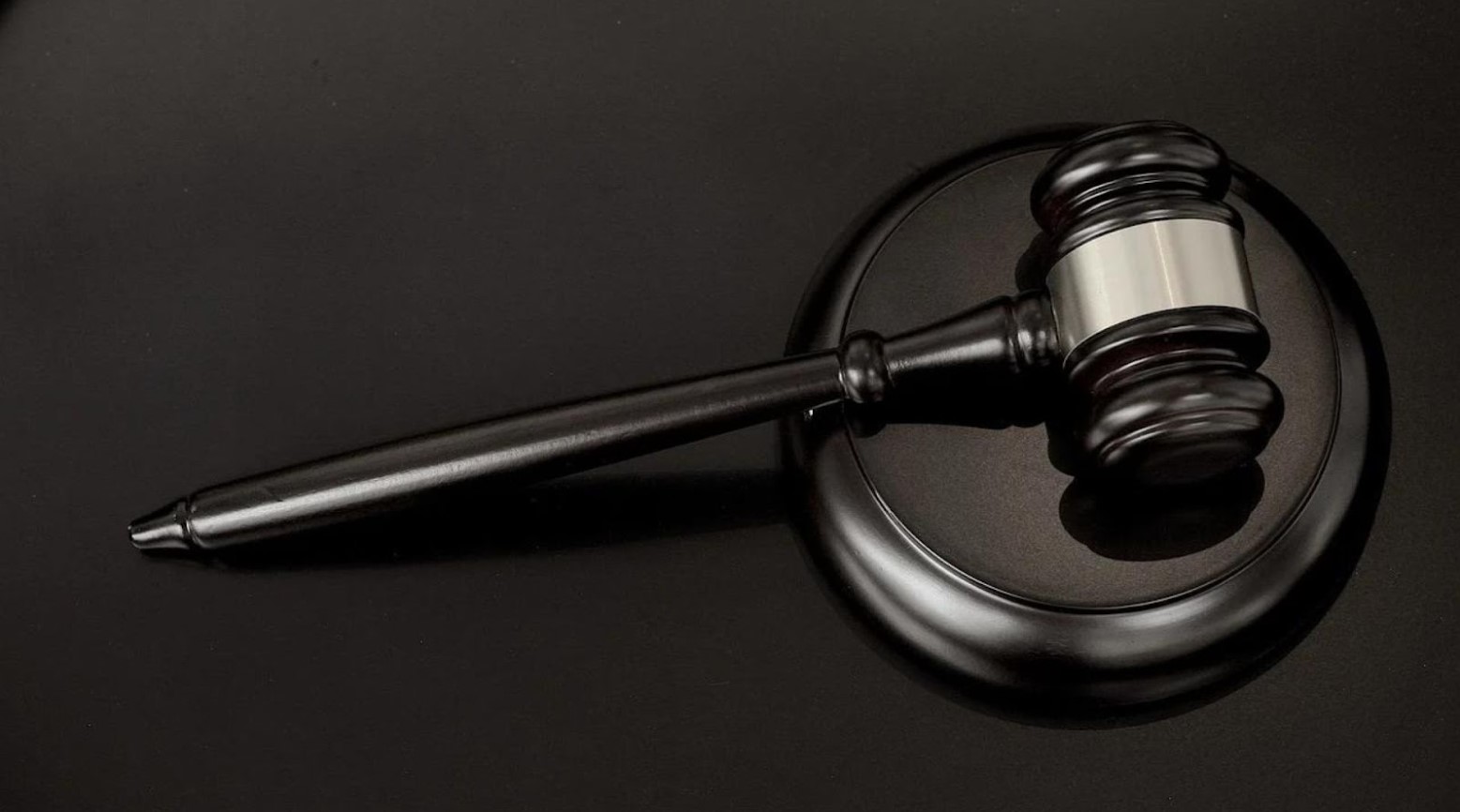
Source: sergeitokmakov/Pixabay
This is because there are some implications regarding who should be the rightful owner of the Monet painting.
The Parlagi’s Heirs Could Be the Rightful Owners
As the Monet painting was stolen from the Parlagi’s, it is difficult to ascertain who the rightful owners are.

Source: Nadar/Wikimedia Commons
The rightful owners could be the Parlagi’s descendants, Françoise Parlagi and Helen Lowe, which is why the lawsuit has been filed.
The Court Is Yet to Make a Decision on the Monet Painting
It is currently a waiting game, as the court has yet to decide the legitimate owners of the Monet painting.
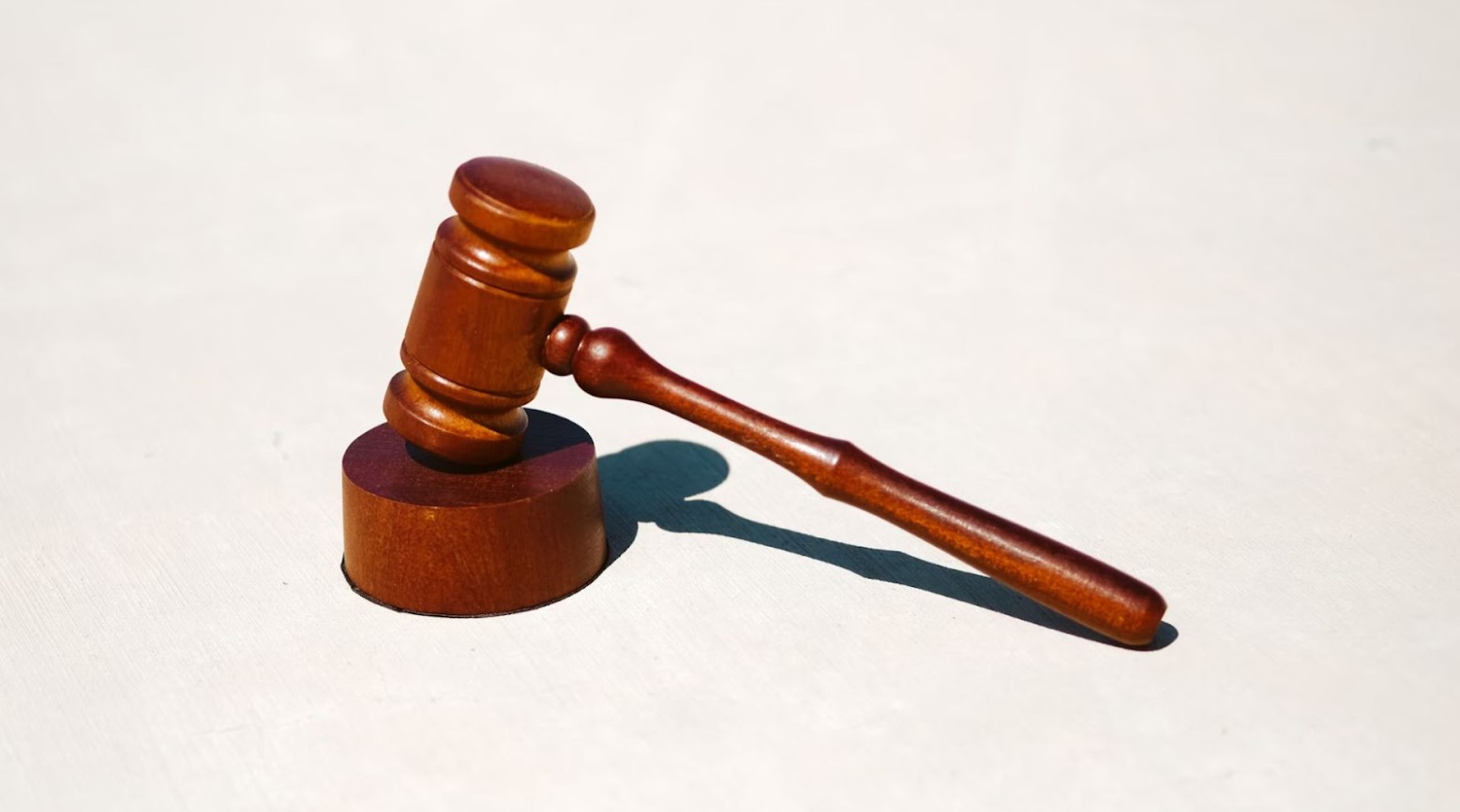
Source: Tingey Injury Law Firm/Unsplash
Only once the court makes its decision will it be known who the rightful owner of the Monet painting is.
Other Art Recovery Cases
Art recovery has a surprisngly rich history, providing numerous lessons through various high-profile cases.

Source: Artur Matosyan/Unsplash
By examining these instances, we can better understand the methods and challenges involved in the restitution of stolen artworks.
Gustav Klimt’s Portrait Recovery
The story of Gustav Klimt’s “Portrait of Adele Bloch-Bauer I” exemplifies complex art restitution.

Source: Gustav Klimt/Wikipedia
Stolen by the Nazis, its return involved a landmark legal case that concluded in 2006, restoring the painting to the rightful heirs.
Picasso’s Stolen Artworks
Picasso’s “La Coiffeuse” was stolen from a Parisian storage room in 2001 and mysteriously resurfaced in a U.S. shipment labeled as a Christmas craft worth $37.

Source: Anonymous/Wikipedia
The recovery by U.S. Customs in 2015 underscores the importance of international cooperation and vigilance in tracking and recovering lost art, reflecting the ongoing challenges of art security globally.
The Return of the Benin Bronzes
The Benin Bronzes, looted during a British military expedition in 1897, have become symbols of cultural repatriation.
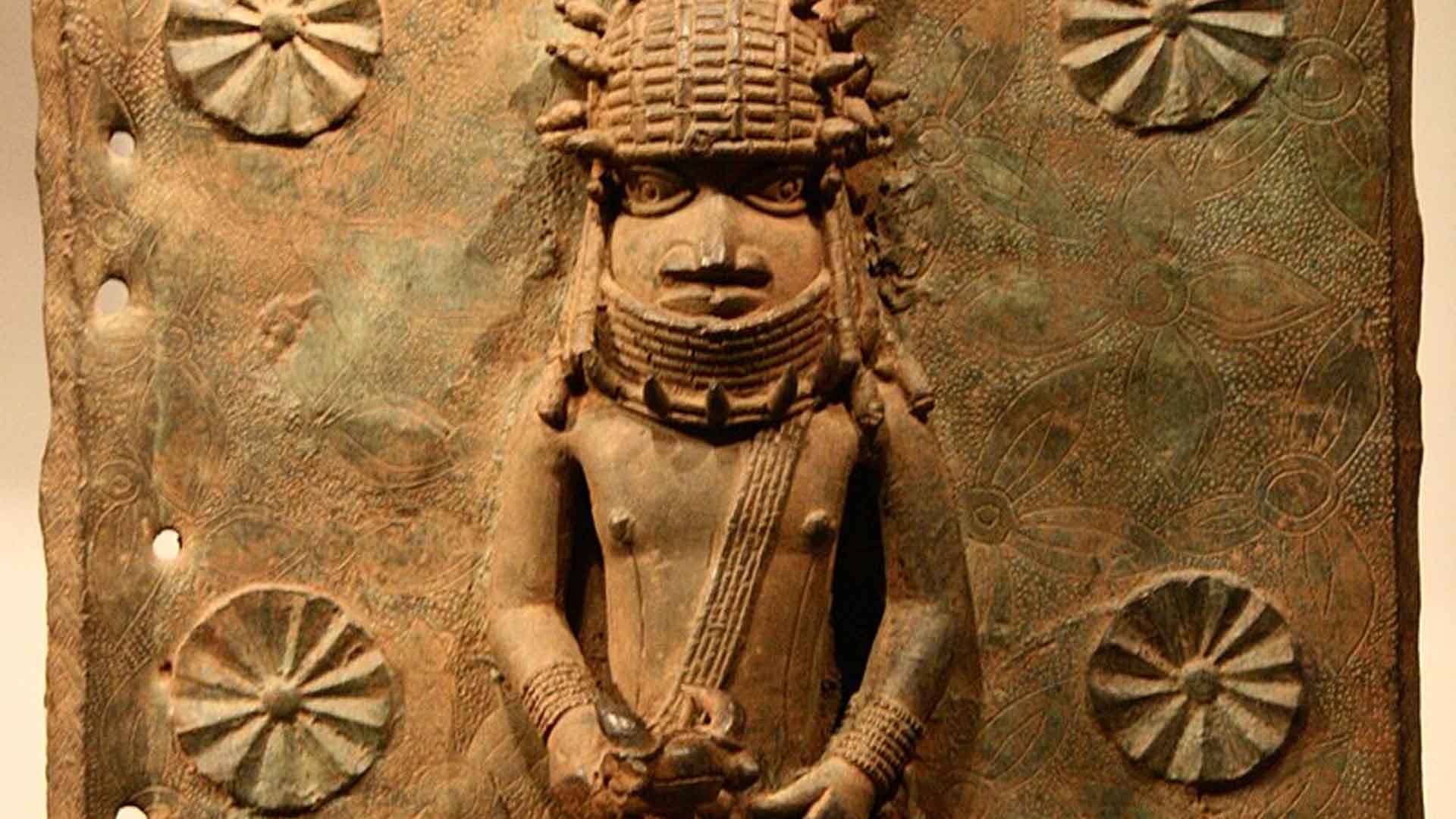
Source: Michel wal/Wikipedia
Recent efforts have seen several pieces returned to Nigeria, illustrating the growing global commitment to correcting historical wrongs.
The Recovery of Rembrandt’s Works
While some of Rembrandt’s stolen pieces have been recovered, “Storm on the Sea of Galilee” remains missing since the 1990 heist at the Isabella Stewart Gardner Museum.

Source: Rembrandt/Wikipedia
The ongoing search highlights the enduring challenges in art recovery, emphasizing the need for advanced security measures and public awareness to prevent future thefts.
Restitution of Nazi-Looted Books
The restitution of books and manuscripts looted by the Nazis, such as the return of a precious collection to the Jewish Community of Berlin, highlights another aspect of stolen cultural heritage.
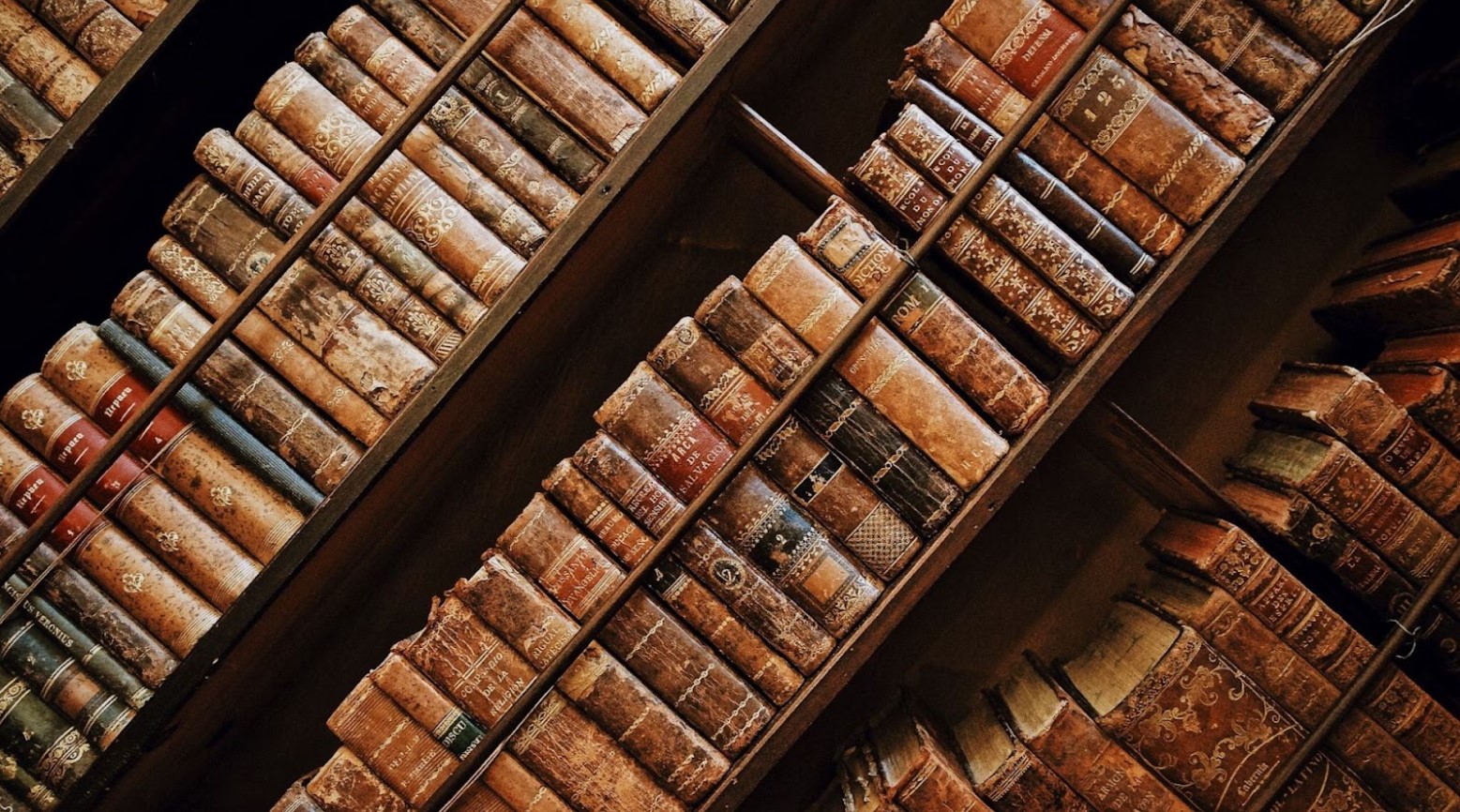
Source: Roman Kraft/Unsplash
These recoveries, often less publicized than those of fine art, involve intricate research and the unraveling of complex historical ownership records. They emphasize the broad scope of Nazi plunder and the enduring effort to make things right.
The Recovery of Vermeer's "The Concert"
“The Concert” by Johannes Vermeer, stolen in the same heist as Rembrandt’s work, is yet another unresolved art theft.
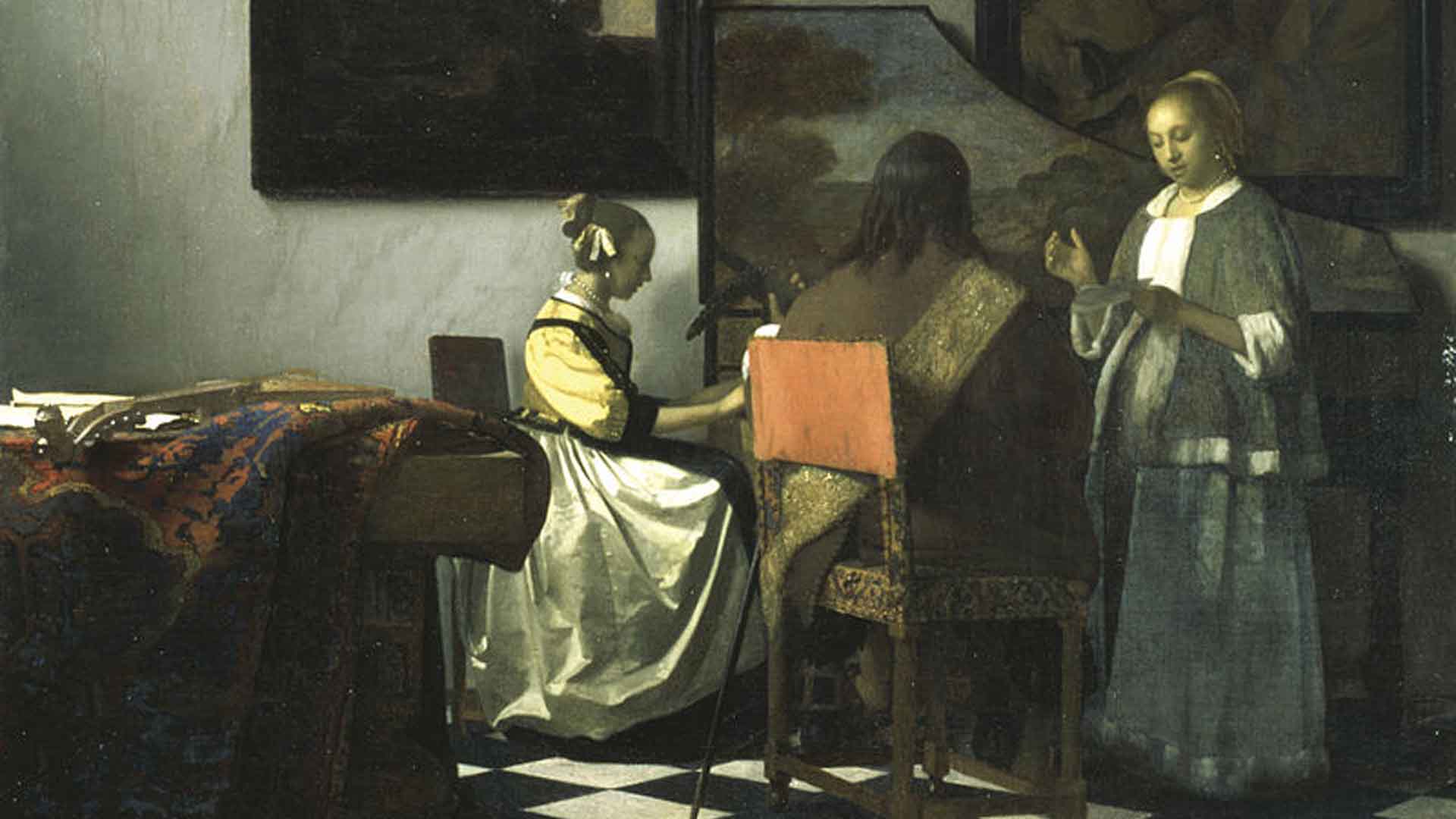
Source: Vermeer/Wikipedia
Despite extensive efforts and a hefty reward, its whereabouts remain unknown.
Technological Aids in Art Recovery
Advancements in technology are helping in the recovery of stolen art.
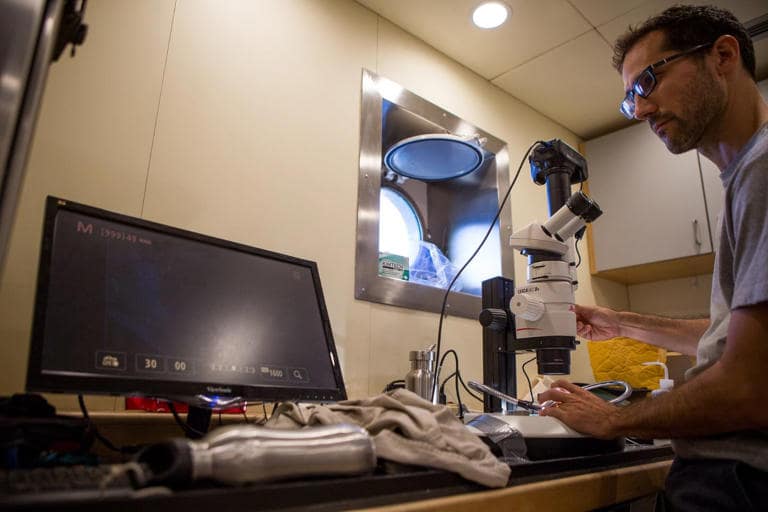
Source: BREEF/Facebook
Digital imaging, databases, and forensic techniques have become invaluable tools for identifying and authenticating artworks.
Impact on Art Market Dynamics
High-profile recoveries significantly impact the art market, influencing buyer confidence and the practices of dealers and auction houses.
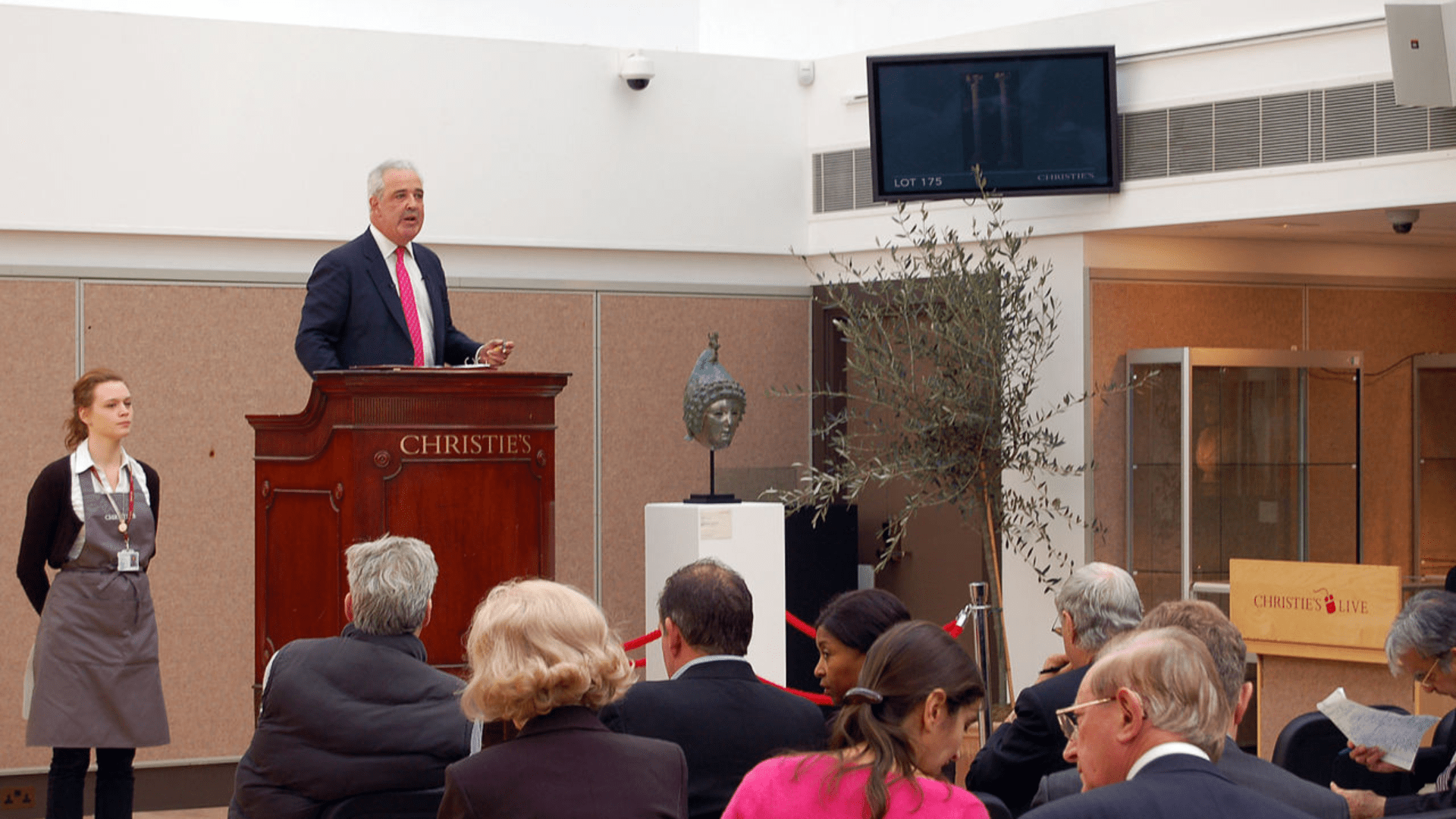
Portable Antiquities Scheme/Wikimedia Commons
Issues of provenance and authenticity can affect market values dramatically, leading to more rigorous scrutiny of artwork histories before transactions.
Public Exhibition and Education
Public exhibitions focusing on recovered art play a big role in educating about art theft and restitution.
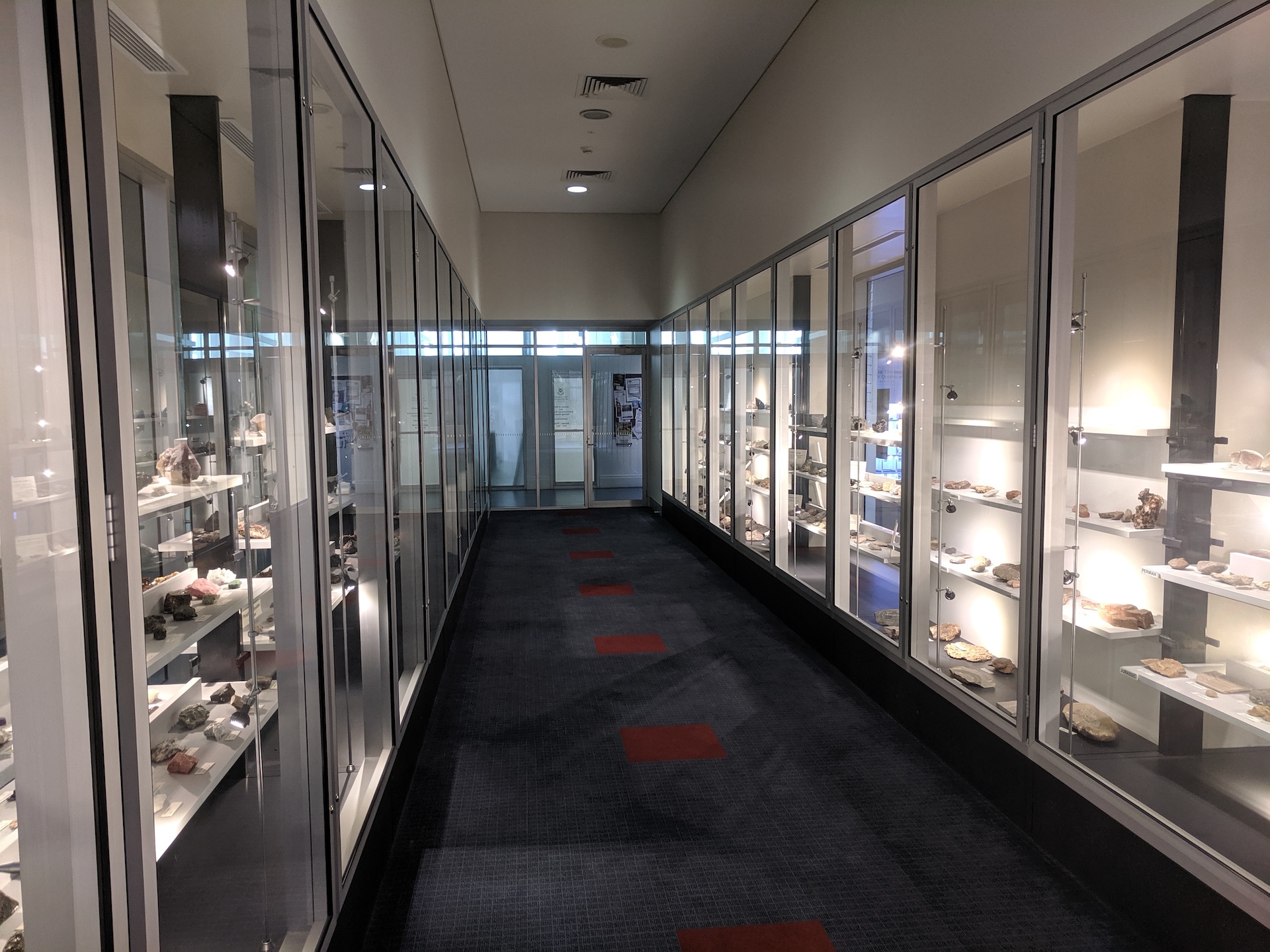
Source: Wikimedia Commons
These exhibitions highlight the historical contexts of the artworks and the efforts made for their recovery, promoting a deeper public understanding of cultural heritage and the importance of its preservation.
Future of Restitution Efforts
As the field of art restitution evolves, it faces new challenges like digital reproduction and the fading of historical archives.

Source: Wikimedia
The future will likely see enhanced international collaborations and more robust legal frameworks to improve the recovery rates of stolen artworks and ensure their return to their rightful owners.
Picturesque Recovery
Art theft is a global issue that requires collaborative and proactive efforts from all parties involved, including governments, law enforcement agencies, art institutions, and the public.

Source: Daily Mail
Technological advancements, education initiatives, and improved legal frameworks are crucial in ensuring the successful recovery and return of stolen artworks.
